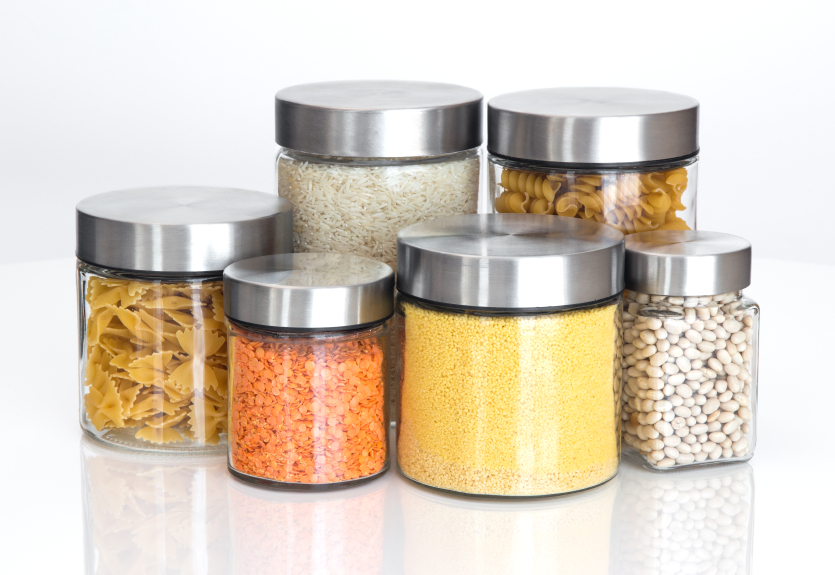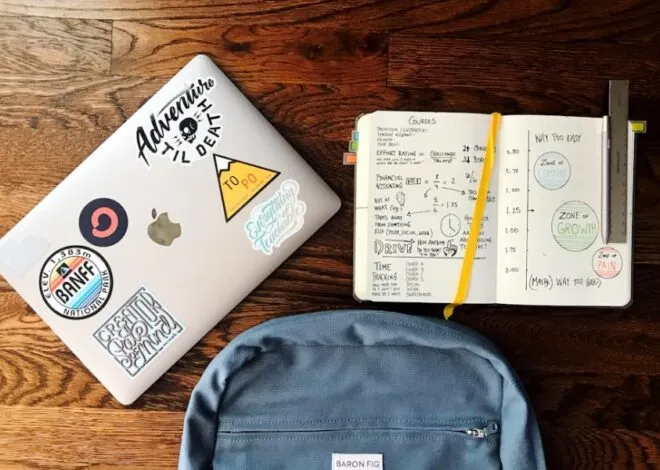Can’t ever find your pots and pans? Never have a spatula on hand when you need one most? Frustrated by a can opener that always jams?
Read on to make your hectic life just a little bit easier by organizing your kitchen!
Toss anything you don’t use
If you are storing items in your kitchen cabinets that you no longer use, either pass them to a friend or relative, donate, or sell them! If you haven’t used a particular item in an entire year, it is safe to say you won’t be using it again. This will save space in your kitchen and time when you are hunting for something you use more often.
Replace things that don’t work
Take a good look at your kitchen items. If a pot always burns food or the handle is loose, either fix it or replace it. Make a list of items you need and save up to purchase them.
Store frequently used objects in easy-to-reach locations
Keep track of items you use most often and figure out where you will use them most. If you have holiday pans and cooking utensils, store them on high shelves or in the back of cabinets. For cooking tools that are used every day purchase a jar and store it on the countertop – your items will be in easy reach during cooking, which will save time!
Create centers of activity and store utensils near where they will be used
Below is a list of items and placement suggestions:
a. Storage or pantry
Be sure to go through your cabinets, pantry, and fridge to clear out items that are old or won’t be used. Be sure to donate canned food to a food bank!
b. Preparation
Keep all your cutting boards, knives, measuring cups and spoons in one place.
c. Cooking
Keep utensils that pertain to cooking – such as pots and pans, pot holders, spoons, and spatulas – next to the stove and oven.
d. Baking
Keep the following items in one location if you are a baker: flour, sugar, baking powder, a set of measuring cups and spoons. Try getting three glass jars and keeping flour, sugar, and brown sugar on the countertop. That way, the most common ingredients will be easy to access.
e. Serving
Gather your tableware, serving dishes, napkins, placemats and anything else that you need to sit down and eat (sauce, salt and pepper, sugar) and keep these items near your table.
f. Cleaning
Keep the soap, gloves, dish pan, drying rack, cleansers and towels close to your sink for easy cleaning.
g. Waste disposal
Place the trashcan near the cleaning and food preparation areas. While preparing food, keep a bowl to dispose of waste as you work.
Clear the counter
Reduce the number of objects that permanently reside on your countertops. If you only use the blender once a week, store it underneath the cabinet. Any other knick-knacks can be stored elsewhere.
Make a list
Keep a list of supplies that are worn out as well as a list of side projects that you need to do. Writing them down keeps you from forgetting and allows you to prioritize the most important tasks.
Tackle the paper
The kitchen should be a place for food preparation and eating – any mail, homework, and newspapers can be put elsewhere out of the way. Create a new home for the paper in another room or if you must keep them in the kitchen, make sure they are in a container or basket and off the countertop where food is being prepared.
Clean as you go
This might be the most important tip on this list. By cleaning as you go, you’ll save yourself time and effort at the end. A clean kitchen is easy to work in and will save you from doing just as much work at the end of the meal.
Make spices accessible
Use a Lazy Susan to store all of your spices and decorating items so you can easily see where in the cabinet they are located.
Lower cabinets
These cabinets can present various challenges, because it is hard to view and access items. Try installing a sliding cabinet so that you can see pull out the drawer and see all the items at a quick glance.





